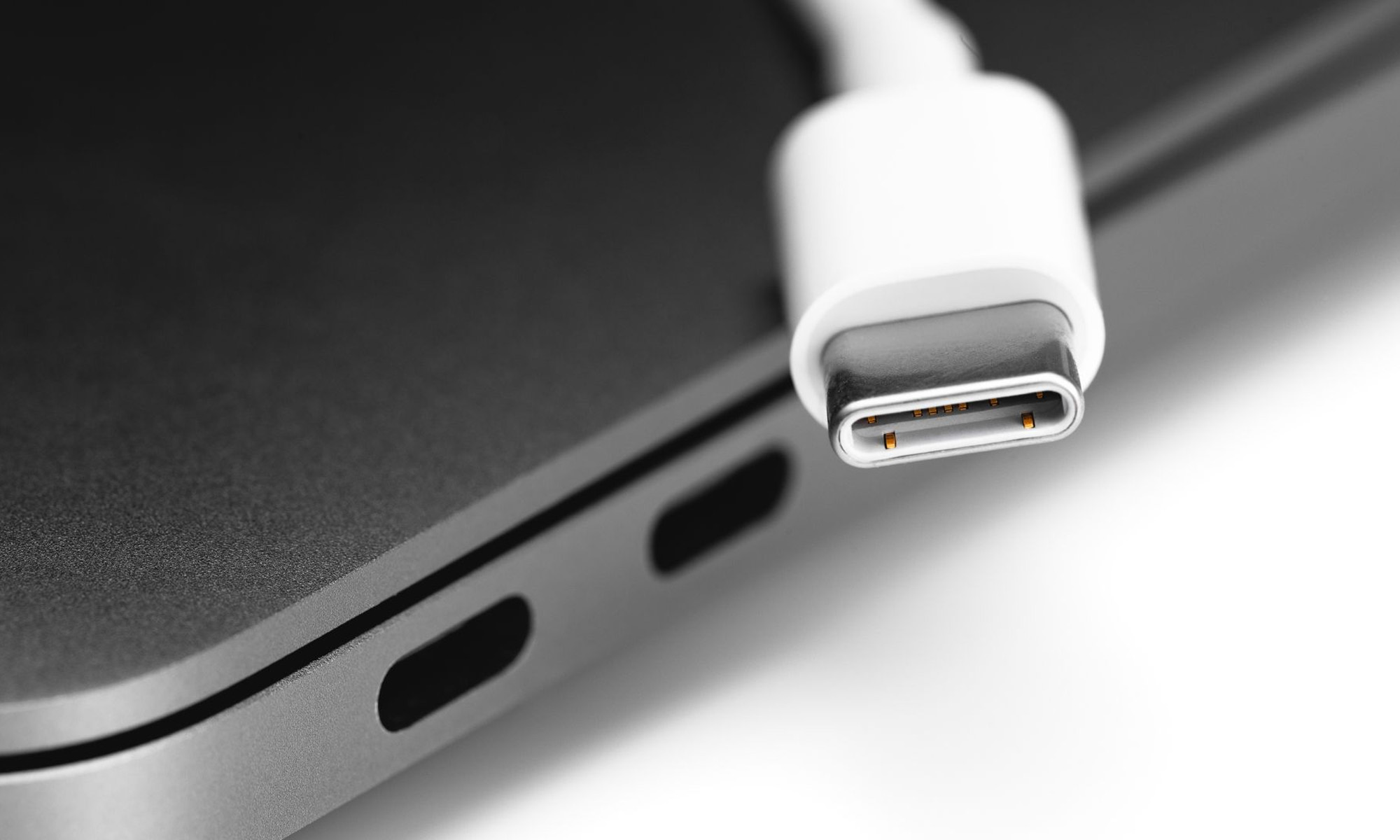News
USB-C Will Be Mandatory From 2025 For All Saudi Smart Devices
The adoption of a standard charging port for all electronic devices will offer significant convenience, efficiency, and sustainability advantages.

Saudi Arabia has announced that USB Type-C will become the standardized connector for most electronic devices from January 1, 2025. The move will save over SAR 170 million and reduce a large volume of electronic waste.
According to the “Saudi Standards, Metrology and Quality Organization and the Communications, Space, and Technology Commission”, the implementation of USB-C charging ports for all electronic devices will occur in a two-phase rollout. The first will begin on January 1, 2025, and include mobile phones, tablets, digital cameras, e-readers, portable speakers, and more. The second phase will start on April 1, 2026, and will include laptops.
الإعلان عن المراحل الإلزامية لتوحيد منافذ الشحن للهواتف المتنقلة والأجهزة الإلكترونية بالمملكة. pic.twitter.com/iar7SqV8Vw
— المواصفات السعودية (@SASOGOV) August 6, 2023
The adoption of USB-C charging ports for all electronic devices offers several advantages. User convenience, efficiency, and sustainability improve, while device management for businesses also becomes simplified.
Also Read: Google Update Makes It Easier To Remove Private Information
USB-C has already become a widely adopted standard across various devices, including smartphones, tablets, and laptops. The port supports higher power delivery and data transfer rates and enables faster charging and data synchronization.
News
Mamo Completes $3.4M Funding Round To Enhance Fintech Services
The startup will use the influx of cash to expand into Saudi Arabia and across the wider GCC while improving its product offering.

UAE-based fintech Mamo has announced the completion of a $3.4 million funding round that will help the startup extend its market presence and improve its product offering. Investors included 4DX Ventures, the Dubai Future District Fund and Cyfr Capital.
Mamo’s platform offers “payment collection, corporate cards and expense management” to help small and medium-sized businesses consolidate and streamline their operations. With the latest influx of capital, Mamo will further develop its comprehensive suite of services and begin testing its product lines in Saudi Arabia, further extending its footprint across the GCC.
Imad Gharazeddine, co-founder and CEO of Mamo, stated: “We’ve been in the market for a while now and are incredibly proud of what our team has achieved. The holistic and expansive nature of our product offering has helped us continue to grow sustainably. This additional funding will allow us to reach our medium-term goals even faster. The support from new and existing investors is a testament to our strong expertise and the ability to deliver on our customer promise”.
Daniel Marlo, General Partner of lead investor 4DX Ventures, added: “We have immense trust in Imad’s vision, leadership and Mamo’s innovative approach to provide a user-friendly and comprehensive financial solution for SMEs that makes financial management more accessible and efficient. We are proud to partner with them and support their mission”.
Also Read: A Guide To Digital Payment Methods In The Middle East
Amer Fatayer, Managing Director of Dubai Future District Fund’s investment team, also commented: “Mamo’s localized product lines serve as an infrastructure for SME payments and spend management in UAE, a segment that is underserved by the country’s current banking infrastructure. The team has taken a product-first approach to consolidating SMEs’ financial journeys and building a fintech solution deeply embedded in a business’s core operations”.
To date, Mamo has raised around $13 million in investment funding and now boasts a team of 30 people. The company’s intuitive financial services platform has allowed over 1,000 businesses to consolidate their financial operations and significantly reduce payment fees.
-

 News4 weeks ago
News4 weeks agoAmazon Prime Day 2024: Get Ready For 6 Days Of Amazing Deals
-

 News4 weeks ago
News4 weeks agoSamsung Unpacked 2024: What To Expect From The July 10 Event
-

 News4 weeks ago
News4 weeks agoCoursera Report Shows Surge In UAE Interest In AI Upskilling
-

 News4 weeks ago
News4 weeks agoMeet Dubai’s Groundbreaking Smart Robot Delivery Assistant
















